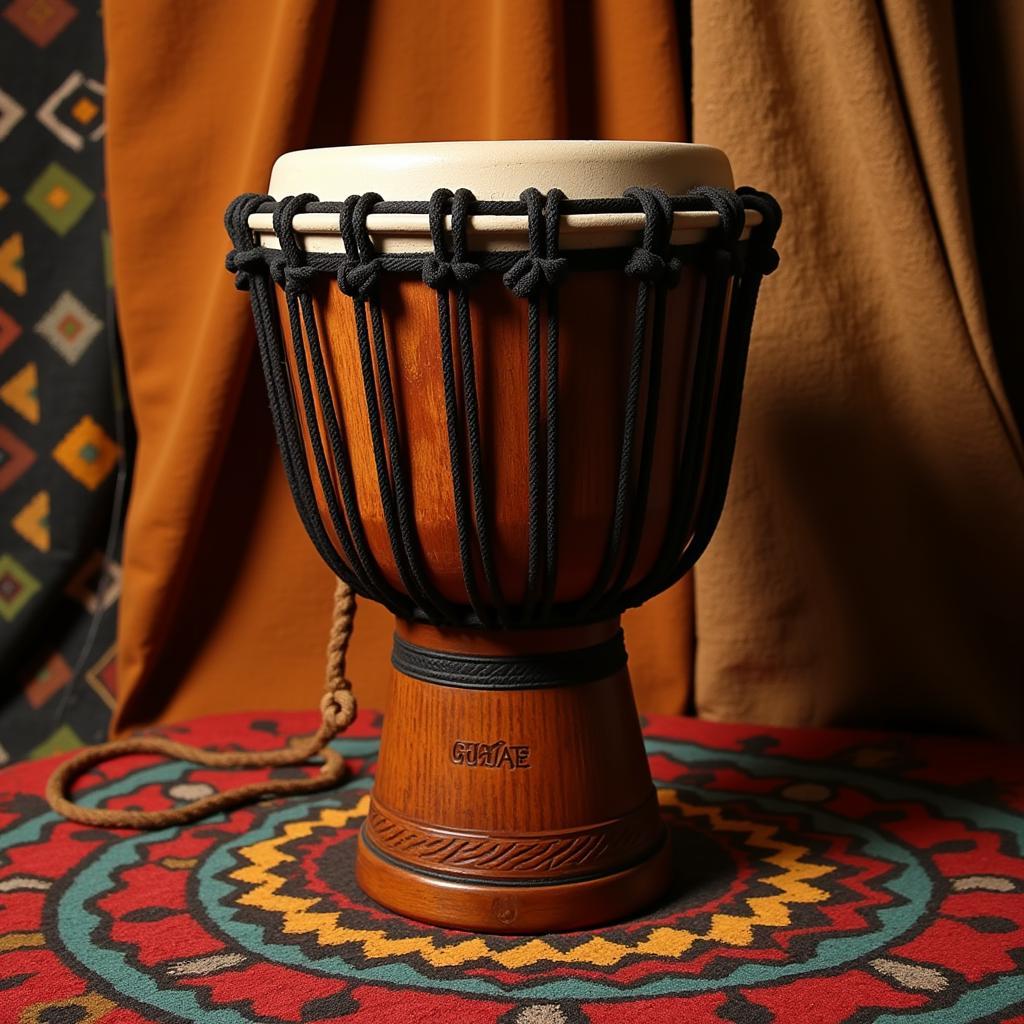African American vs White American: Understanding Cultural Differences
The phrase “African American Vs White American” often points to a complex history and ongoing dialogue surrounding race, identity, and cultural differences in the United States. This article aims to delve into these complexities, exploring the historical context, societal influences, and ongoing efforts to bridge the divides. We’ll examine how these distinct cultural experiences have shaped the American narrative. Let’s begin by considering the historical context that has shaped these two groups’ experiences. For instance, consider the impact of African American involvement in WW2 on shaping the civil rights movement.
A Historical Perspective: Shaping Two Distinct Identities
Understanding the distinction between “African American” and “White American” requires a look back at the historical forces that shaped these identities. The legacy of slavery and subsequent Jim Crow laws created a system of racial segregation and oppression that profoundly impacted African Americans’ social, economic, and political lives. Conversely, White Americans, particularly those of European descent, benefited from this system, leading to disparities in wealth, opportunity, and social standing. This historical context is crucial to understanding the present-day dynamics.
The Impact of Systemic Racism
Systemic racism has played a significant role in shaping the disparate experiences of African Americans and White Americans. From housing discrimination and unequal access to education to disparities in the criminal justice system, the effects of systemic racism are deeply ingrained in American society. These historical injustices continue to manifest in present-day inequalities and contribute to the ongoing dialogue about race and equality.
Cultural Nuances: Beyond the Surface
While the terms “African American” and “White American” are often used as broad categories, it’s important to recognize the vast diversity within each group. African American culture is rich with its own traditions, music, art, and literature, often reflecting the resilience and creativity born out of adversity. Similarly, “White American” encompasses a multitude of ethnicities and cultural backgrounds, each contributing to the tapestry of American life.
Exploring Shared and Distinct Cultural Expressions
Despite the historical divisions, there are instances of shared cultural experiences and influences between African Americans and White Americans, particularly in music, art, and language. However, distinct cultural expressions also exist, reflecting the unique historical and social contexts of each group. For instance, literature like African Americans in Bluest Eye provides a deep dive into the complexities of identity and race within the African American experience.
Bridging the Divide: Towards a More Equitable Future
The conversation surrounding “African American vs White American” is not about pitting two groups against each other, but rather about acknowledging the historical context, understanding the complexities of race and identity, and working towards a more equitable future. This involves dismantling systemic racism, promoting inclusivity, and celebrating the rich diversity of American culture.
What are the key differences in cultural experiences between African Americans and White Americans?
The key differences stem from historical and ongoing systemic inequalities. These differences manifest in various aspects of life, from socioeconomic opportunities to cultural expressions and interactions with institutions.
How has the historical context shaped the relationship between these two groups?
The history of slavery and Jim Crow has created a legacy of racial inequality that continues to impact the relationship between African Americans and White Americans.
Conclusion: Embracing Diversity and Promoting Understanding
The journey towards a truly equitable society requires ongoing dialogue, empathy, and a commitment to dismantling systemic barriers. Understanding the nuances of “African American vs White American” is not about highlighting differences but about fostering a deeper appreciation for the rich tapestry of American culture and working together to build a more inclusive future for all. Resources like those focusing on African American boy names that start with G highlight the diversity even within specific cultural groups. Further exploration of topics like African guy vs white teen can provide insight into the complexities of interracial interactions.
FAQ
-
What does the term “African American” encompass?
-
What are some examples of systemic racism that affect African Americans?
-
How can we promote a more inclusive dialogue about race and identity?
-
What are some resources for learning more about African American history and culture?
-
How can we address the ongoing disparities between African Americans and White Americans?
-
What role does education play in bridging the racial divide?
-
How can individuals contribute to creating a more equitable society?
Situations where these questions might arise:
- Classroom discussions about race and ethnicity
- Diversity and inclusion training in workplaces
- Personal reflections on identity and privilege
- Community forums on social justice issues
- Researching the history of race relations in the US
Further Exploration:
Consider exploring resources related to African American silicone dolls to understand how representation plays a role in shaping perceptions of identity.
Call to Action:
For support, contact us 24/7:
Phone: +255768904061
Email: [email protected]
Address: Mbarali DC Mawindi, Kangaga, Tanzania.


